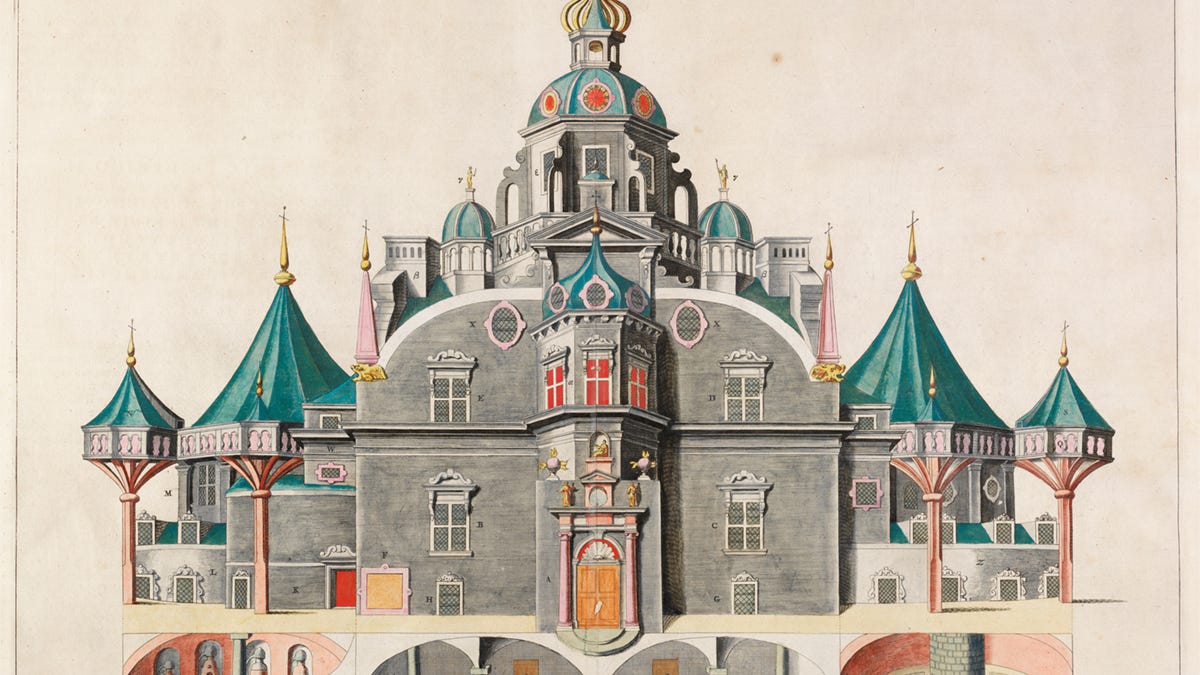The observatory that changed astronomy forever
On this day in history: It's been gone for more than 400 years, but Tycho Brahe's Uraniborg research facility was the foundation of the modern research lab.
An illustration of Uraniborg.
The Tycho Brahe MuseumThe island of Hven between Sweden and Denmark is just 7.5 square kilometres (2.9 square miles), hosting a population of less than 400 people. But in the late 16th century, it was one of the world's premiere destinations for scientists and philosophers.
This is because Hven was the site of the most advanced research institution the world had seen to date. On August 8, 1576 -- 440 years ago today -- Danish astronomer Tycho Brahe laid the cornerstone for Uraniborg, his astronomical observatory and alchemy laboratory.
The facility started with a bribe. Brahe had been working under the patronage of King Frederick II of Denmark, and had travelled abroad to find architects and engineers for the king's ambitious building projects. On his return, he started making secret plans to settle in Basel, Switzerland.
To keep Brahe in Denmark, and to reward his service, King Frederick II offered the astronomer the little island as a place to conduct his studies into astronomy and chemistry. It was an offer Brahe couldn't refuse.
A museum dedicated to Tycho Brahe now stands on the now-Swedish island of Ven.
The construction of Uraniborg, named after Urania, the muse of astronomy, was completed in 1580. It was a square, three-storey building constructed mostly of red brick, approximately 15 metres (50 feet) a side, and was extended to the north and south by a semicircular tower on each of these walls.
It was in these, on the middle floor, that the primary astronomical instruments were housed. These included instruments such as sextants, quadrants and triquetrums of Brahe's own design, or modified by Brahe, to take intricate and precise measurements of the skies. Balconies mounted along the towers housed additional instruments.
And this is where Uraniborg's status as Europe's first custom-built laboratory proved to be a problem. When the wind blew, it disturbed the delicately placed instruments, making accurate measurements impossible.
So in 1581, Brahe had the smaller Stjerneborg, or "star castle," built on an adjacent site. This was an underground observatory, with no buildings higher than ground floor level.
The site thrived for years, but Frederick II's successor, Christian IV, did not like Brahe. After losing support, popularity and funding at court, Brahe left Hven in 1597. After his death in 1601, Uraniborg and Stjerneborg were destroyed.
But they served a greater purpose: Scientists that had worked at the facility spread out throughout Europe, spreading the techniques and ideas they learned there well beyond the boundaries of that tiny island.


